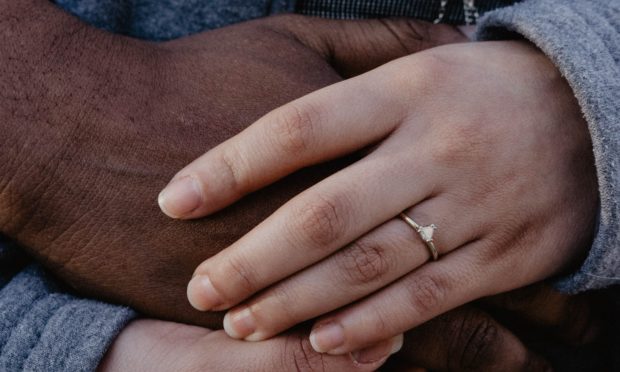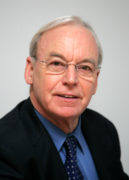Speaking at the Edinburgh Festival, Jackie Kay, Scotland’s national poet, called for action to transform public attitudes to race in Scotland.
She is right. Scotland is a tolerant country but on race it is as she says, 40 years behind the rest of Britain.
Nicola Sturgeon has said she wants to increase immigration into Scotland, and I understand her argument, but if she is to do that then addressing the issue raised by her friend Jackie Kay becomes very important. Much of my life in London and in Glasgow was during the early period of high levels of immigration. Both these great cities responded well but as we all know – not without difficulty and some conflict.
As an MP in London my constituency had high levels of immigration – often refugees. My advice nights were like a mini United Nations. Currently less than 50% of London’s population is white British. In Glasgow it is 88% and Glasgow is the most ethnically diverse city in Scotland. The lack of ethnic diversity in Scotland is one of the biggest differences I notice having lived in both England and Scotland.
Racism is a difficult issue to grapple with. Some people are explicitly racist but most of us will harbour some fear of ‘outsiders’ and this easily becomes casual racism blighting the lives of minorities. I struggled with this as an MP but what was delightful was the way my constituency and London generally became ‘at home’ with its newfound diversity. The street I lived in had some 100 houses in it and I counted people from over 35 different countries. My son and daughter went to schools where there were over 60 different first languages. My son, now in his thirties, still has his three best friends from school and their heritage is Eritrean, Ethiopian and Iranian. This is not unusual in London or in many other British cities. You grow up in a multi-cultural world and it brings many benefits and good experiences, but I don’t want to pretend that it is always easy.
Race relations in the UK are basically good but it is a varied picture and Scotland has less diversity than other areas of Britain.
Have I seen prejudice in Scotland? Yes, I have, and one incident saddened me greatly. My daughter lives in Egypt and became a Muslim wearing the Hajib – not the Burqa. She takes her religion very seriously and is popular with friends from all backgrounds but when visiting me in Inverness the other year we went into a café and three women got up and walked out, saying very loudly “it’s disgusting” and giving us looks that could kill. It was not the only time she got hostile stares.
There is another side to this though. A few years ago John Home Robertson a former MP and MSP for his home area of Berwick who inherited Paxton House – now run partly by National Trust for Scotland – contacted me saying the house was built with money from the sugar plantations using slave labour in Grenada. He wanted to reach out to Caribbean people to share and learn from this history. I had the perfect match. In my constituency was a great organisation called Descendants. They organised events for children mainly of Caribbean heritage so they travelled up to Paxton House and put on an entertainment enjoyed by all. And what a learning experience! They were able to look at some of the records and found the names of their ancestors on the list of slave names. It was incredibly moving and a great step in understanding our shared past.
Sir Geoff Palmer, Emeritus Professor of Social Studies at Heriot-Watt University, was quoted by Jackie Kay and he has spoken of his experience of racism in Scotland – he is of Jamaican heritage. Sir Geoff was helpful to me when I raised funds for a statue to Mary Seacole, the Jamaican nurse who famously nursed British troops in the Crimea. Her father was a Scottish army officer stationed in the Caribbean. She wrote her autobiography in the 19th century. It is a fascinating read and a window into the life of a remarkable woman who overcame adversity and racism to become a famous and admired woman of Victorian times. The statue was the first statue to a named black woman anywhere in the UK. It stands opposite the Houses of Parliament across the river in front of St Thomas’ hospital.
Time for one in Scotland?
So, there are many good stories, but the warnings are there. Beware of racism and help keep Britain the tolerant and diverse nation that it has become – thanks to our world history in which Scotland has played such a central part
Clive Soley is a former MP and chair of the Parliamentary Labour Party who is now vice-chair of the Scottish Peers Association and a member of the House of Lords EU Select sub committee on home affairs. He lives in the Highlands.

